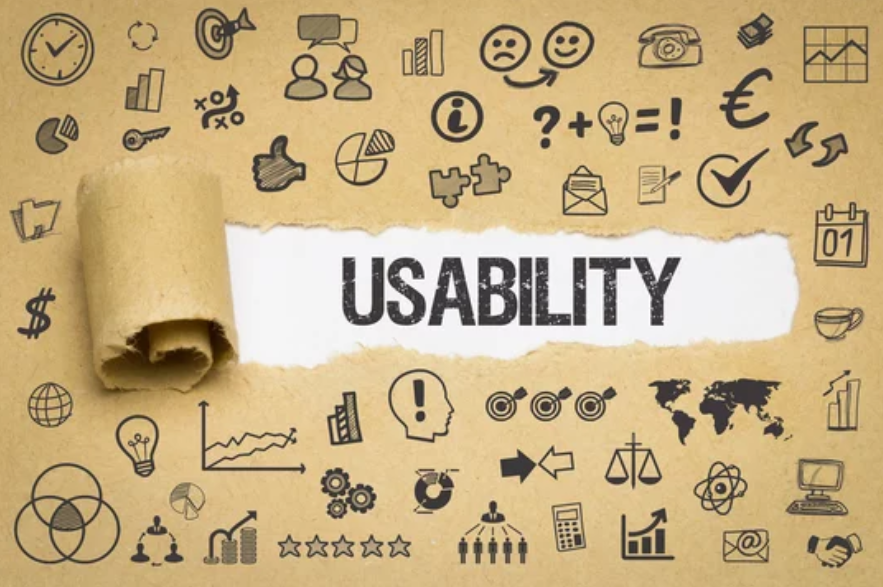Misuse and use errors
In ISO/IEC Guide 51: 2014 “Safety aspects – Guidelines for their inclusion in standards”, risks are assessed not only in terms of intended use but also in terms of “reasonably foreseeable misuse”. The diagram below illustrates the iterative process of risk assessment and risk reduction until an acceptable level is reached. The diagram shows an iterative process of risk reduction until an acceptable level is reached.
In other words, it is extremely important to specify that “reasonably foreseeable misuse” is the scope of risk assessment (see figure). (see figure).

Risk management and usability engineering are essential in the design of medical devices.
The scope of risk management (ISO-14971) and usability engineering (IEC-62366-1) is limited to “reasonably foreseeable use”. (light blue area in the figure)
The term “reasonably foreseeable use” includes “reasonably foreseeable misuse.”
Furthermore, “reasonably foreseeable misuse” is distinguished into “Use Error” (Use Error) and “Abnormal Use” (Misuse). In other words, Use Error is included in Misuse.

In ISO-14971, it is required to consider “reasonably foreseeable misuse” including “abnormal use”.
On the other hand, IEC-62366-1 covers only “use errors” among “reasonably foreseeable misuse”. (Orange area in the figure)
The reason for this is that “abnormal use” cannot be controlled by usability engineering.

In ISO-14971, it is required to consider “reasonably foreseeable misuse” including “abnormal use”.
On the other hand, IEC-62366-1 covers only “use errors” among “reasonably foreseeable misuse”. (Orange area in the figure)
The reason for this is that “abnormal use” cannot be controlled by usability engineering.
What is a use error?
Usability engineering includes “ease of use,” “user satisfaction,” and “appearance,” but what is required in medical device design and development is a “safe” medical device that is free from “use errors.
A “use error” is an action or lack of action by a user during the usage of a medical device that results in a different outcome than intended by the manufacturer or expected by the user.
・A “use error” can occur with normal use.
・A “use error” includes the user’s inability to complete a task.
In other words, the user is operating the medical device according to the instruction manual, etc,
・Due to physical ability (e.g., lack of strength), the operation cannot be completed.
・I can’t read the letters.
・Buttons are not identifiable.
and others.
In other words, “use error” should not be confused with “human error.
A “use error” is not always human error. For example, some user attributes (e.g., children) may not be able to use a device due to lack of strength, inability to read or understand, etc., even if they intend to use it correctly.
The ability of each user to complete the task is an issue.
Also, “use error” is a bad interface for medical devices.The ability of each user to complete the task is an issue.Also, “use error” is a bad interface for medical devices.
In other words, usability engineering focuses on “use errors” that occur in normal use.
Therefore, usability engineering will focus on the interface to implement risk management.
The interface is not only the LCD (liquid crystal display), but includes everything that is perceived by human vision, hearing, and touch.
Examples include instruction manuals, labels, buttons, shapes, colors, alarm sounds, etc.
It is said that medical device accidents occur due to the gap between “user’s intended use” and “device designer’s design concept.
How intuitive, easy-to-understand, and error-free the interface is depends on how well the equipment designer understands how the equipment will be used.
For a more detailed understanding, please purchase our usability engineering seminar videos.
]]>


Comment